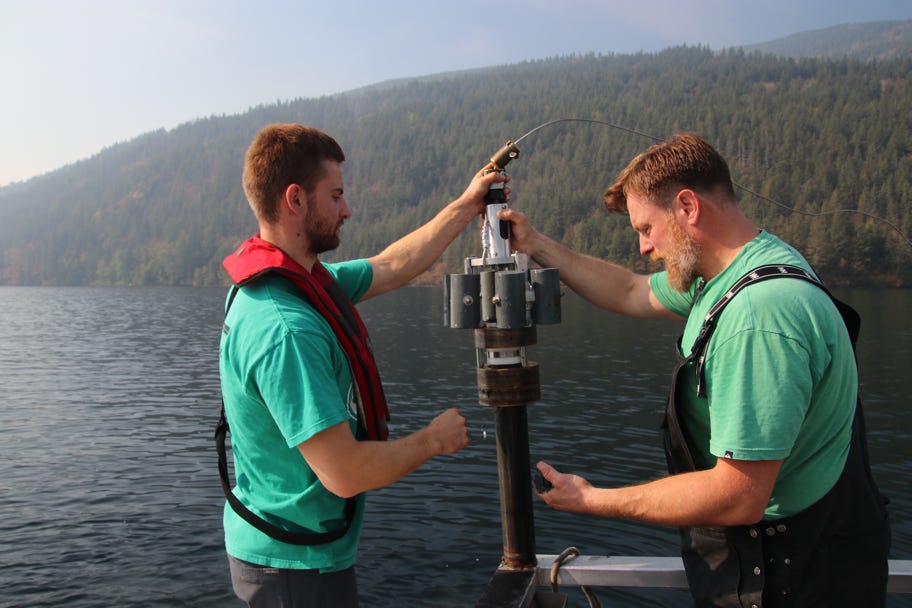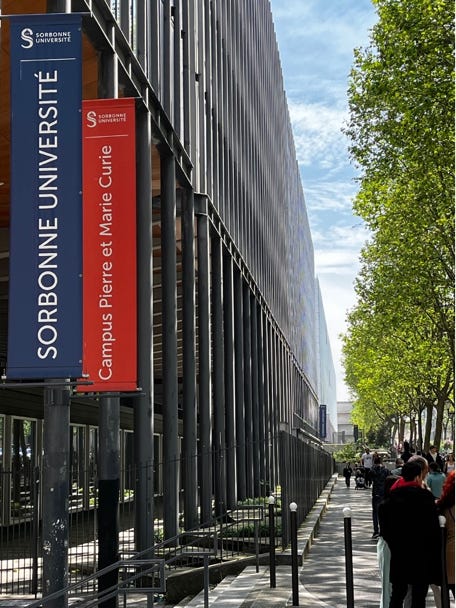Discovering new ways to study past changes in climate.
We are developing new ways to tap into the chemical information preserved in lake sediment.
Recent advances in sediment geochemistry are centred on temperature-sensitive lipid biomarkers with a promising ability to track historical temperature anomalies from lake sediments. These biomarkers include the glycerol dialkyl glycerol tetraethers (GDGTs), which are temperature-sensitive microbial membrane lipids. The underlying principle is straight-forward: microbes must adjust the methylation of their GDGTs to maintain fluidity of their lipid membranes in response to temperature changes. This adjustment is essential to their survival at ambient temperatures. When microbial biomass settles to the bottom of lakes, the degree of methylation in GDGT structures is preserved in sediments, providing archival records of past temperatures and climate anomalies, making GDGT analysis a promising tool for paleoclimate studies. Initially, these techniques were developed for ocean environments, but are now proving useful for lake-based paleoclimate studies.
We are collaborating with Dr. Arnaud Huguet at METIS (Milieux environnementaux, transferts et interactions dans les hydrosystèmes et les sols) at Sorbonne Université in Paris thanks to a grant from the France-Canada Research Fund from the French Embassy in Ottawa
Left panel: Collecting a sediment core from Cultus Lake in British Columbia; Right panel: The Campus Pierre et Marie Curie of Sorbonne Université in Paris where we are collaborating with Dr. Arnaud Huguet on developing new methods for paleoclimate studies. (Photos: Jules Blais)


